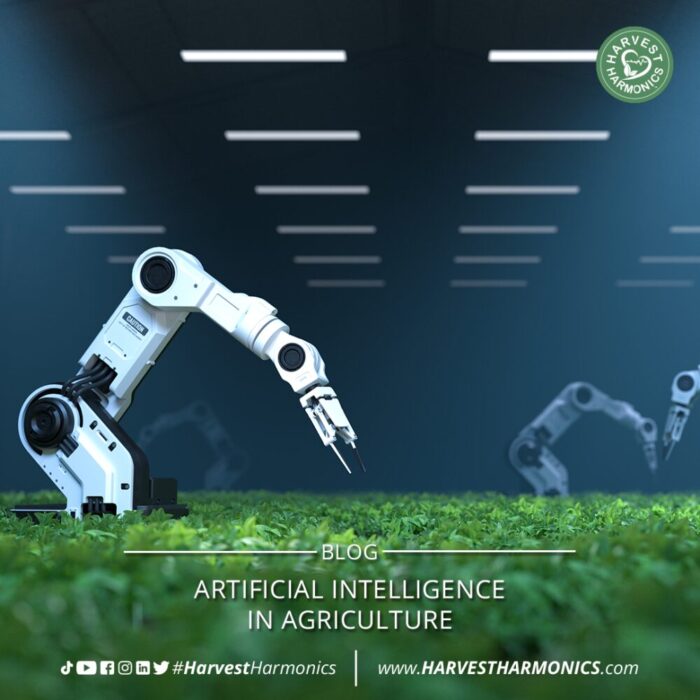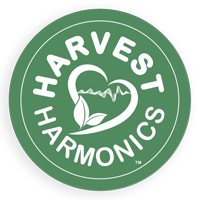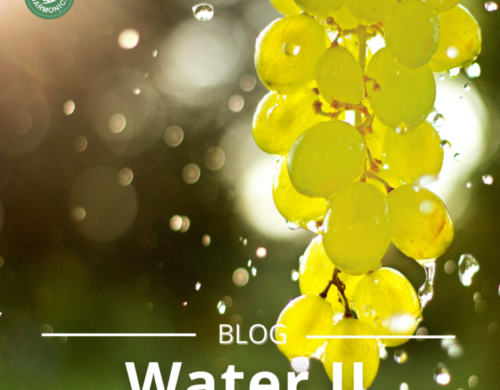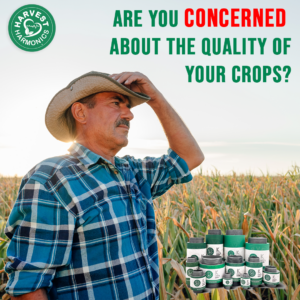Artificial Intelligence in Agriculture

The technological revolution of recent years has also reached the agricultural sector to stay. More and more new ways of capturing information are being developed that, agronomically, can be of great interest to know the state of our farms and our crops. Artificial intelligence in agriculture allows knowing more data and adjusting all the tools more.
The sum of these two things means that we can adjust much more the amounts of phytosanitary products, fertilizers, the optimal point of harvest, pest control or water requirements.
In this article, we are going to learn a little more about artificial intelligence in agriculture, its main advantages and disadvantages, and some of the agricultural technological innovations that are coming onto the market.
What is artificial intelligence in agriculture?
Artificial intelligence (AI) applied in agriculture are all those capacities that a machine, sensor, monitor or computer is capable of performing with great precision, collecting a series of data that allow us to adjust and optimize any type of task and crop to the maximum.
There are many ways in agriculture where artificial intelligence is applied to obtain data and be able to analyze the different situations that arise with greater decision-making power. Let’s look at some examples:
Agricultural applications
Artificial intelligence has led to the development of several applications (apps) on agriculture. There are many examples related to apps on topics of agronomic interest.
Some allow us to manage farms from start to finish. Others are cartographic-type tools that allow us to measure the surfaces of the parcels and obtain geographic information about the area. There are also apps related to meteorology and also applications that allow you to manage an entire irrigation system using a mobile phone. All these applications simplify many tasks and time for farmers.
Sensors applied in agriculture
One of the tools that have been developed the most in recent years at the level of agro artificial intelligence are sensors. Sensors are used in all kinds of tools, cars, machines, etc. If we look at the use of sensors in agriculture, we can see advances in this aspect to improve the driving of tractors, tools and tanks to make applications. They are also used at a climatological level, with weather stations located at key points on farms and soil sensors that indicate both humidity and other key factors in soil fertility.
Aerial and satellite images
Apart from time management, organization and some technical parameters, artificial intelligence in agriculture applied in the field of aerial and satellite photos allows knowing the state of a crop, the amount of weeds or creating layers with the areas drier and more humid to adjust to the maximum the dose of irrigation necessary for the crop and within the same plot.
This artificial intelligence is used by taking aerial images using drones, such as the use of satellite photos.
Advantages and disadvantages of artificial intelligence applied to the agricultural industry
We have seen what artificial intelligence is and we have cited some practical examples of the number of things that can be done by applying AI in agriculture. Let us now see its main advantages and disadvantages:
Advantages
· Data: obtaining data allows greater decision-making power in a specific situation. Agriculture depends on many different factors, the more information we have, the greater control and power of decision and forecast we will have.
· Environmental and economic sustainability: the use of agro artificial intelligence allows us to adjust the doses of sowing, irrigation and phytosanitary products and fertilizers, which allows us to save a lot on phytosanitary products. This has a positive economic impact on our farm and the environment.
· Food safety: the control of all the processes, both in the field and post-harvest, allows exhaustive control of the traceability of the crops and their food safety.
Disadvantages
· Economic cost: although this is not always the case, applying artificial intelligence can sometimes be more expensive than the economic benefit it can bring you. Technology has advanced a great deal in recent years, but there is still technology that cannot be applied since its cost is greater than the benefit that ends up affecting the accounts of agricultural companies.
· Technology maintenance: maintenance is required on a regular basis in any type of sector. In the case of agriculture, technology is often exposed to different weather or adverse situations and inclement weather, so it requires greater attention and maintenance.
· Training: the use of artificial intelligence requires basic knowledge of technology.
If you would like to know more about our technology, contact us on our website www.harvestharmonics.com
Source: Agroptima
Press Room

Agricultural Technology for Farmers in India
Harvest HarmonicsTM New Biophysics Agricultural Technology For Farmers In India The Agricultural Biophysics technology, 20…
1

Organic Earth Tech, OETI, Launches One Million Dollar Technology
After hurricanes Maria and Irma, Puertorrican farmers are yet to receive the needed aid to recover. Organic Earth Tech…
0

Produce More From Less
CEO Harvest Harmonics Frank Arlia speaking at Replenish. Earth interview by Tia Kansara – London Climate Action Week. How…
0

Replenish Earth and the Environmental RE Talk Series
Replenish Earth and the environmental RE Talk Series event that reunited the top thinkers in the world Harvest Harmonics…
1
Related Posts
2024 India Just Agriculture Frank’s presentation
https://www.youtube.com/watch?v=g_4vdtXBVsA&ab_channel=HarvestHarmonics The Crop Booster by Kyminasi Plants consists of...


